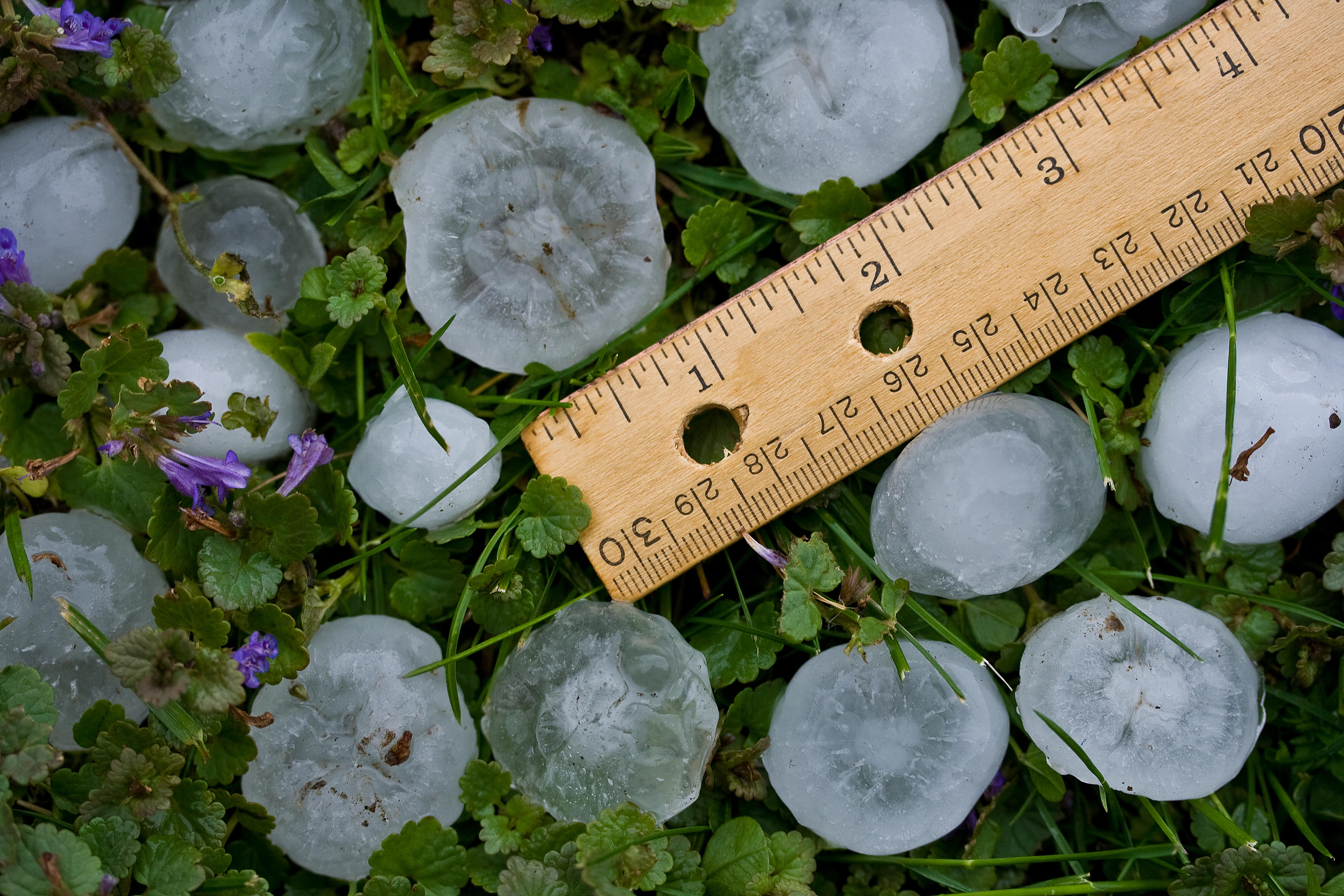The weather lore of January that claims to predict the future
Predicting the weather using folklore is not as lackadaisical as it might seem, says Lia Leendertz, as she reveals what we can look forward to this month.


Weather lore for January sets the tone for the whole year ahead. Certain days of the month are given particular weight in this matter, including the feast day of St Vincent of Saragossa (January 22), the patron saint of vintners and vinegar makers: ‘Remember on St Vincent’s Day, if the sun his beams display,/’tis a token bright and clear, of prosperous weather all the year.’
On St Paul the Apostle’s Day (January 25), we look again for a forecast for the rest of the year (as well as its corresponding effect on the price of grain) and also for darker prognostications:
If St Paul’s Day be fair and clear it does betide a happy year, But if it chance to snow or rain then will be dear all kinds of grain, If clouds or mists do dark the sky, great store of birds and beasts shall die, And if the winds do fly aloft, then war shall vex the kingdom oft.
This idea is seen in its fullest expression in las cabañuelas, a method of weather forecasting that originated in Spain and is still found throughout the Hispanic world. The weather on each of the first 12 days of January represents the weather for the 12 months of the year — with the first day representing January, the second day February and so on.
Then, from the 13th day, the sequence runs in reverse, with the last few days split into 12. This may seem a complex method to collate a forecast, but many cabañuelistas claim great accuracy.
Lia Leendertz is the author of ‘The Almanac: A Seasonal Guide to 2024’ (Gaia, £12.99)

Curious Questions: How are hailstones formed? And how big can they get?
Inspired by the recent wacky weather, Martin Fone — author of 50 Curious Questions — turns his gaze to what

Credit: Alamy
Exquisite houses, the beauty of Nature, and how to get the most from your life, straight to your inbox.
Curious Questions: How do weather forecasters figure out a percentage chance of rain?
Those 'chance of rain' percentages you see on the weather forecast hide a bewildering range of possibilities. So how are

The 10 types of cloud you'll see in Britain (and what they tell us about the weather)

Curious Questions: Why do we call a waterproof rain coat a mackintosh?
Scotland has turned out endless inventors of great genius in the past few hundred years, and Charles Macintosh — the man
